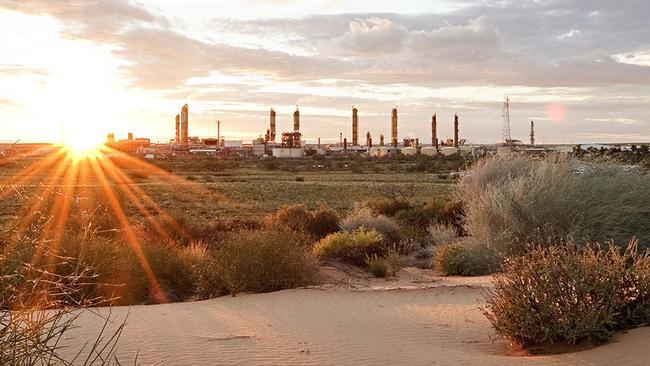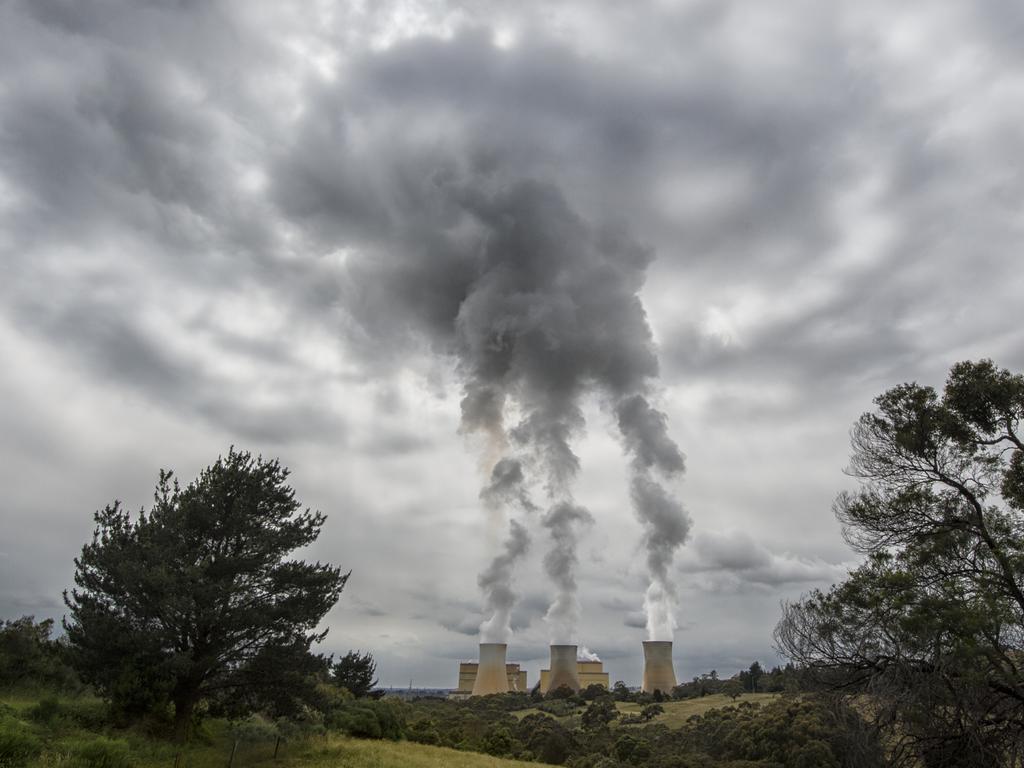Carbon capture key to the energy transition
Getting the regulatory and project approval frameworks right for carbon capture and storage must be a priority for Australia.
The at-times divisive public debate over our energy transition is well into its second decade, but there is widespread industry, community and political support for action to meet mid-century net zero targets.
The challenges of reaching those targets are also widely acknowledged, but too often, participants in the energy debate are too narrowly focused on promoting or defending their preferred solution.
Others take a broader view and say all contributing technologies must be embraced – including new technologies that we haven’t even invented yet.
That is true, but we must also be honest about approaches that can have the most material impact in the short to medium term.
In an economy still dependent on fossil fuels, carbon capture and storage must play a role in emissions reduction targets being met on time and at a reasonable cost.
This has been recognised by the International Energy Agency, the Intergovernmental Panel on Climate Change, by US President Joe Biden’s White House, and closer to home it was reinforced in two significant reports last week.
The Climate Change Authority’s report – Reduce, remove and store: The role of carbon sequestration in accelerating Australia’s decarbonisation – highlighted the essential role CCS must play in Australia’s carbon abatement.
And Net Zero Australia, a report by the University of Queensland, University of Melbourne and Princeton University, underlined the broad role of CCS and its specific importance to hard-to-abate industries like steel, cement, fertiliser and petrochemicals. All of which are the fundamental material pillars of our society.
These reports recognise that CCS works and that it is a necessity to meet our climate targets.
Australia’s Climate Change and Energy Minister, Chris Bowen, has recently pointed out that meeting our 2030 emissions target means renewables should provide 82 per cent of our electricity 82 months from now. He acknowledges how challenging this will be.

The changes to the Safeguard Mechanism on emissions reduction also recognise the role of CCS in the much-needed development of new gas resources.
With the passage of that legislation this month, the industry has additional certainty on the road to net zero – and the time has come for less talk and more action.
The good news is that the Australian industry is ready to respond.
Around Australia, feasibility studies are taking place on 17 projects, Santos has taken a decision to proceed with its Moomba CCS project, and despite some early operational challenges, the Gorgon project off the coast of Western Australia is already the world’s largest, having sequestered millions of tonnes of CO2 over the last few years.
The nation’s deep geological expertise, a core competency of our oil, gas and coal industries, means we understand how to safely store gases below the earth’s surface and the ocean floor. That storage expertise will also enable us to advance negative emissions technologies, such as Direct Air Capture, to remove and store CO2 already in the atmosphere.
Our engineering and construction skills, again embedded in oil and gas and other industries, give Australia a competitive advantage in building CCS projects and associated infrastructure.
While this may initially be focused on major projects and emissions sources, the infrastructure will be available to many other industries, including smaller emitters, once established.
But project proponents and investors need policy certainty and roadblock removal to deliver this potential as fast as possible.
Getting the regulatory and project approval frameworks right for CCS is a priority for CO2CRC. That’s why CO2CRC established the CCS Project Regulatory Affairs Task Force last year. And a few weeks ago, President Biden established a similar taskforce in the US.
Just six of the 17 proposed Australian CCS projects in development could reduce Australia’s emissions by 8-12 per cent. But approval processes to deliver these projects are likely to take six to eight years, bringing us to 2030 already.
The regulatory pathway to project approvals involves agencies such as NOPTA, NOPSEMA, state government processes, the federal Environment Protection and Biodiversity Conservation Act, the Sea Dumping Act, international maritime treaties, compliance with the Safeguard Mechanism and extensive consultation with First Nations and other stakeholders.
Of course, robust regulation and high operating standards are essential to maintaining community confidence, but we need to clearly reduce the impact of the bureaucratic process and pave the way today to accelerate success in the years ahead.
We are working closely with industry, academic institutions, geoscience organisations and the federal government to reduce the critical time to permitting these essential projects. The government must prioritise relevant CCS policies so that the efforts of the industry can truly align with the requirements of the Safeguard Mechanism.
Delay will be deadly to getting to NZE on time while sustaining our energy security.
Dr Matthias Raab is chief executive officer of CO2CRC, a leading carbon capture and storage research and development organisation.







To join the conversation, please log in. Don't have an account? Register
Join the conversation, you are commenting as Logout